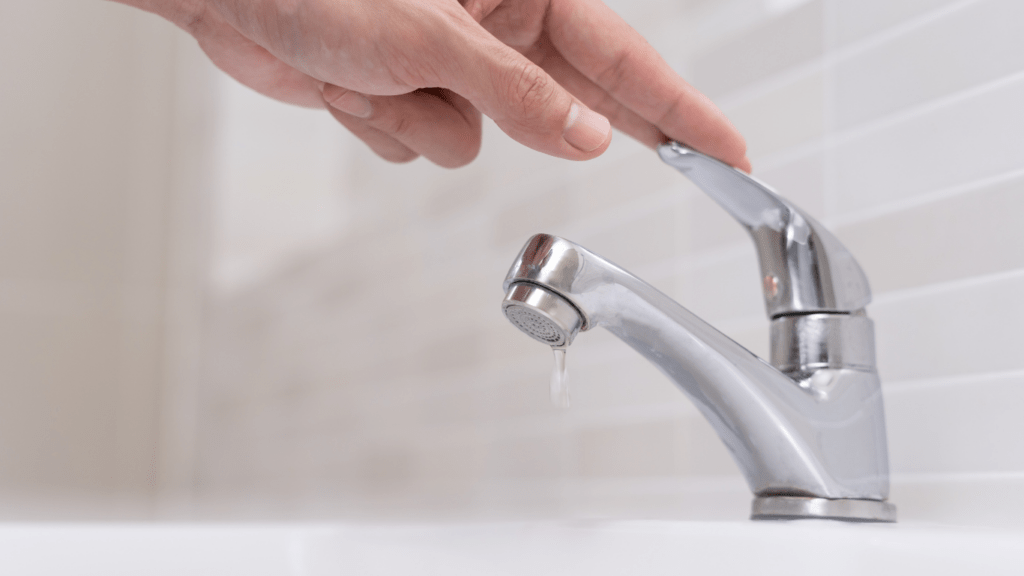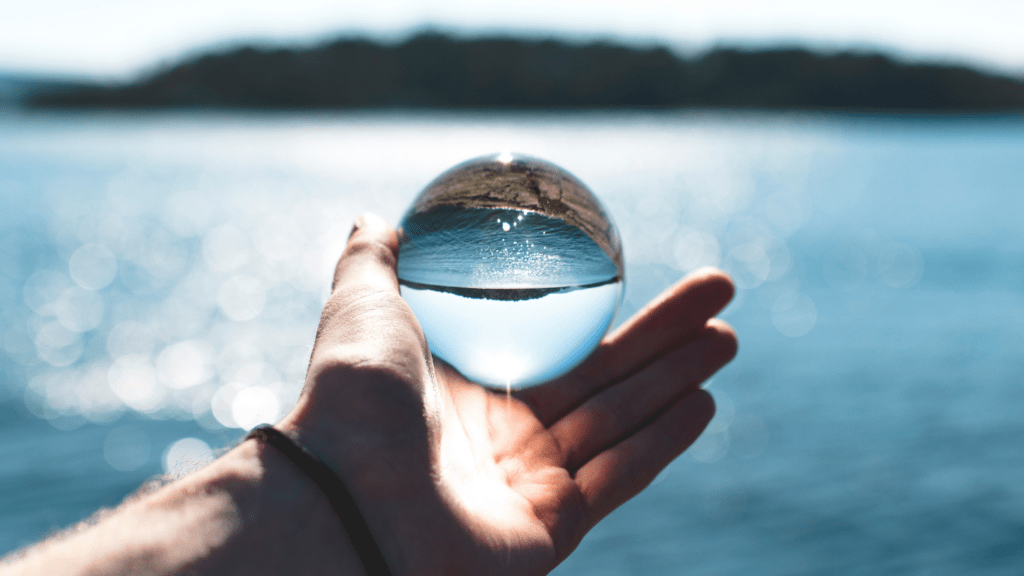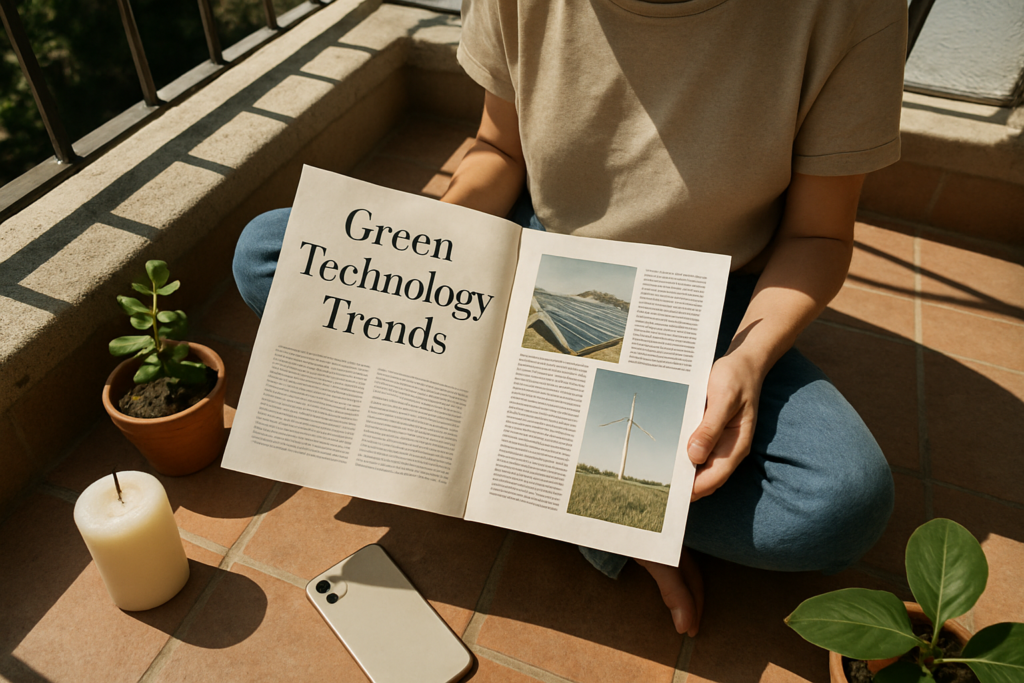Understanding Water Waste
Water waste happens more often than most people realize. To reduce waste in my home, I first needed to understand why conservation matters and identify where most of the water went.
Importance of Water Conservation
Water conservation holds critical importance. It helps maintain ecosystems, preserves drinking water supplies, and reduces energy used for water heating and treatment.
According to the EPA, the average American household uses more than 300 gallons of water daily. Cutting this amount can significantly reduce environmental strain and save money.
- Leaky Faucets: A faucet dripping once per second wastes over 3,000 gallons annually.
- Toilet Leaks: Undetected toilet leaks can waste up to 200 gallons of water daily.
- Long Showers: Showers exceeding 10 minutes consume more than 25 gallons.
- Inefficient Appliances: Older washing machines and dishwashers use more water per cycle than newer models.
- Over-irrigation: Excessive watering of gardens and lawns leads to significant water waste.
Practical Tips to Reduce Water Waste
Small changes in your household can significantly reduce water waste. Implementing practical strategies ensures efficient water use and helps conserve this vital resource.
Fixing Leaks and Drips
Checking for leaks prevents unnecessary water waste. Inspect faucets, pipes, and toilets regularly for drips. Even a small leak can waste up to 20 gallons of water daily, according to the Environmental Protection Agency (EPA).
Fixing leaks promptly reduces this waste and lowers water bills.
Efficient Water Use in the Kitchen
Using water wisely in the kitchen makes a significant impact. Running a dishwasher only when full can save up to 1,000 gallons of water annually.
Installing a water-efficient faucet aerator limits water flow without compromising performance. When washing dishes by hand, fill one sink with wash water and the other with rinse water instead of letting the tap run continuously.
Water-Saving Techniques in the Bathroom
Bathrooms account for a large portion of household water use. Installing low-flow showerheads and faucets reduces water consumption by up to 60%.
Switching to dual-flush or low-flow toilets also conserves water; older toilets can use up to 6 gallons per flush, while modern efficient models use as little as 1.28 gallons. Taking shorter showers and turning off the tap while brushing teeth further reduces water use.
Adopting Water-Efficient Appliances

Installing water-efficient appliances significantly curbs household water waste. Start by considering the following benefits and recommendations.
Benefits of Energy Star Certified Products
Energy Star certified products use less water and energy. These appliances help lower utility bills, reducing both water and energy costs. They contribute to environmental conservation by decreasing the demand for water supply and energy production.
For instance, Energy Star dishwashers save an average of 3,870 gallons of water over their lifetime.
Recommendations for Water-Saving Appliances
Front-loading washing machines, low-flow showerheads, and dual-flush toilets prioritize water conservation.
- Front-loading washing machines use approximately 40% less water per load compared to top-loading models.
- Low-flow showerheads can reduce water usage by up to 50%, maintaining pressure while using less water.
- Dual-flush toilets include two flush options, using 1.28 gallons per flush for liquids and 1.6 gallons for solids, optimizing water use per flush.
Landscaping and Outdoor Water Use
Landscaping and outdoor water use play a critical role in conserving household water. Focusing on efficient techniques can make a significant difference.
Xeriscaping: An Overview
Xeriscaping prioritizes drought-resistant plants. It reduces outdoor water usage by up to 75% according to the EPA. Native plants, succulents, and mulch create a low-water landscape that thrives in local conditions.
Grouping plants by water needs ensures optimal irrigation, preventing overwatering and conserving resources. Avoid traditional turf grass, which demands substantial water.
Efficient Irrigation Systems
Efficient irrigation systems minimize water waste. Drip irrigation, which delivers water directly to plant roots, reduces evaporation and runoff. Smart controllers adjust watering schedules based on weather, soil moisture, and plant type.
Rain sensors prevent unnecessary watering. Routine maintenance, such as checking for leaks and adjusting sprinkler heads, ensures maximum efficiency. Choose systems certified by the EPA’s WaterSense program for optimal performance.
Educating Household Members
Educating household members plays a crucial role in reducing water waste. Everyone’s participation ensures long-term conservation.
Role of Awareness in Conservation
Understanding the importance of water conservation motivates individuals. Share statistics and fact sheets about water scarcity. Highlight the benefits of water-saving practices, like lower utility bills.
Provide real-life examples of successful conservation efforts. Use posters and reminders around the house to reinforce the message.
Engaging Children in Water Conservation
Children can significantly contribute to saving water. Teach them simple habits, like turning off the tap while brushing teeth. Encourage participation in fun activities, such as tracking water usage.
Use educational games and apps to make learning engaging. Reward them for conservation efforts to instill a sense of responsibility.




